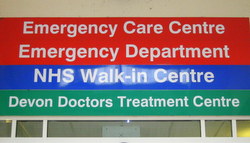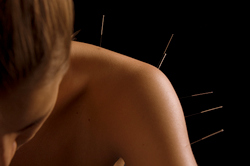
In 2017, the US National Association of Attorneys General wrote to health insurers, asking them to review their policies and promote treatments such as acupuncture, physical therapy and massage, as alternatives to opioid painkillers. Opioid overdose is killing 91 Americans every day, and more than half of these deaths involve prescription drugs. Shortly afterwards, American acupuncture organisations published their joint paper showing how acupuncture could contribute to solving this crisis.
Numerous US federal regulatory agencies have advised or mandated that healthcare systems and providers offer non-pharmacologic treatment options for pain. Acupuncture stands out as the most evidence-based, immediately available choice to fulfil these calls. The authors recommend it as a powerful option which can be used as a first-line, drug-free method for pain relief and management. It can safely and cost-effectively be incorporated into diverse medical settings, resulting in significantly decreased healthcare expenditure, by both treating pain and avoiding opioid addiction. The US Military & Veterans Administration has already used acupuncture to successfully decrease the volume of opioids prescribed.
(Acupuncture’s Role in Solving the Opioid Epidemic: Evidence, Cost-Effectiveness, and Care Availability for Acupuncture as a Primary, Non-Pharmacologic Method for Pain Relief and Management – White Paper 2017. Journal of Integrated Medicine, November 2017.)


 Researchers in York funded by the National Institute for Health Research, have assimilated evidence from high-quality trials of acupuncture for chronic pain, including neck and lower back pain, osteoarthritis of the knee, and headache and migraine. Altogether, nearly 18,000 patients were included.
Researchers in York funded by the National Institute for Health Research, have assimilated evidence from high-quality trials of acupuncture for chronic pain, including neck and lower back pain, osteoarthritis of the knee, and headache and migraine. Altogether, nearly 18,000 patients were included. 